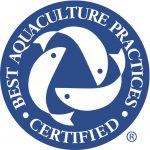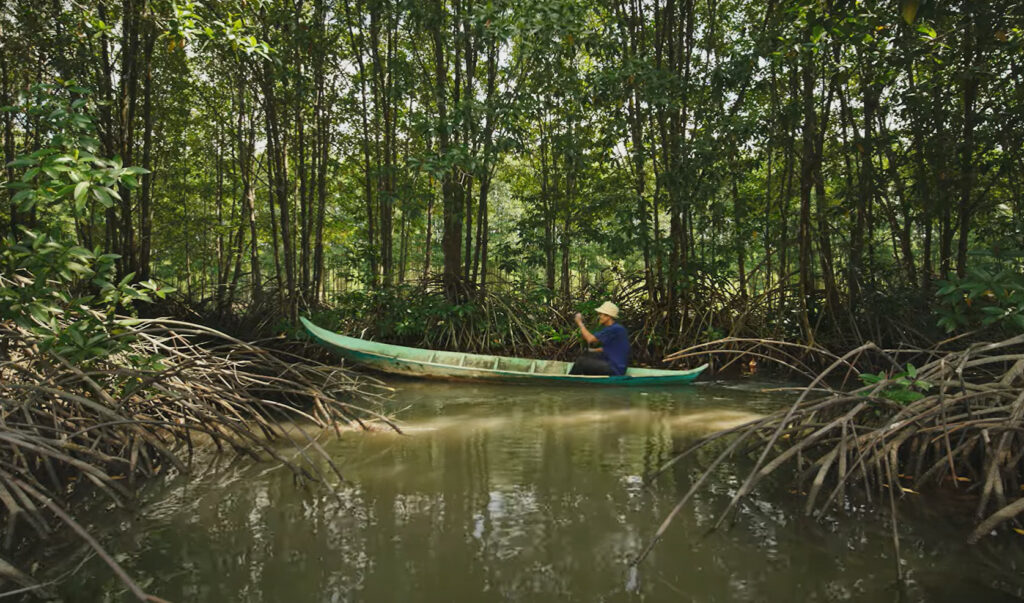BAP Program Set To Grow Again In 2014
 With year’s end in sight, the Global Aquaculture Alliance’s (GAA) Best Aquaculture Practices (BAP) third-party certification program is again expecting year-on-year growth, in terms of the number of BAP-certified facilities and the volume of product originating from BAP-certified facilities.
With year’s end in sight, the Global Aquaculture Alliance’s (GAA) Best Aquaculture Practices (BAP) third-party certification program is again expecting year-on-year growth, in terms of the number of BAP-certified facilities and the volume of product originating from BAP-certified facilities.
Through Oct. 31, 2014, the total number of BAP-certified facilities is up 11% from Jan. 1, 2014, to 729 BAP-certified facilities, including an additional 61 BAP-certified farms.
Again, much of the growth in 2014 is due to salmon. The total number of BAP-certified salmon farms reached 85 farms through Oct. 31, 2014, up 53 farms from Jan. 1, 2014, while the annual output from BAP-certified salmon farms has more than tripled, to approximately 588,000 metric tons.
The annual output from BAP-certified processing plants is holding firm at 1.41 million metric tons through Oct. 31, 2014, up 1% from Jan. 1, 2014. The total number of BAP-certified processing plants stands at 261 through Oct. 31, 2014, up 4% from Jan. 1, 2014.
Progress has also come in the form of standards development in 2014, with additional growth anticipated for the BAP program in 2015. In September, the BAP program expanded its coverage with the completion of new BAP hatchery and nursery standards for finfish, crustaceans and mollusks, which will allow companies to pursue four-star designation for all species covered by the BAP program, not only shrimp. Currently, there are 29 BAP-certified shrimp hatcheries.
About BAP
Best Aquaculture Practices is an international certification program based on achievable, science-based and continuously improved global performance standards for the entire aquaculture supply chain—farms, hatcheries, processing plants and feed mills—hat assure healthful foods produced through environmentally and socially responsible means.




